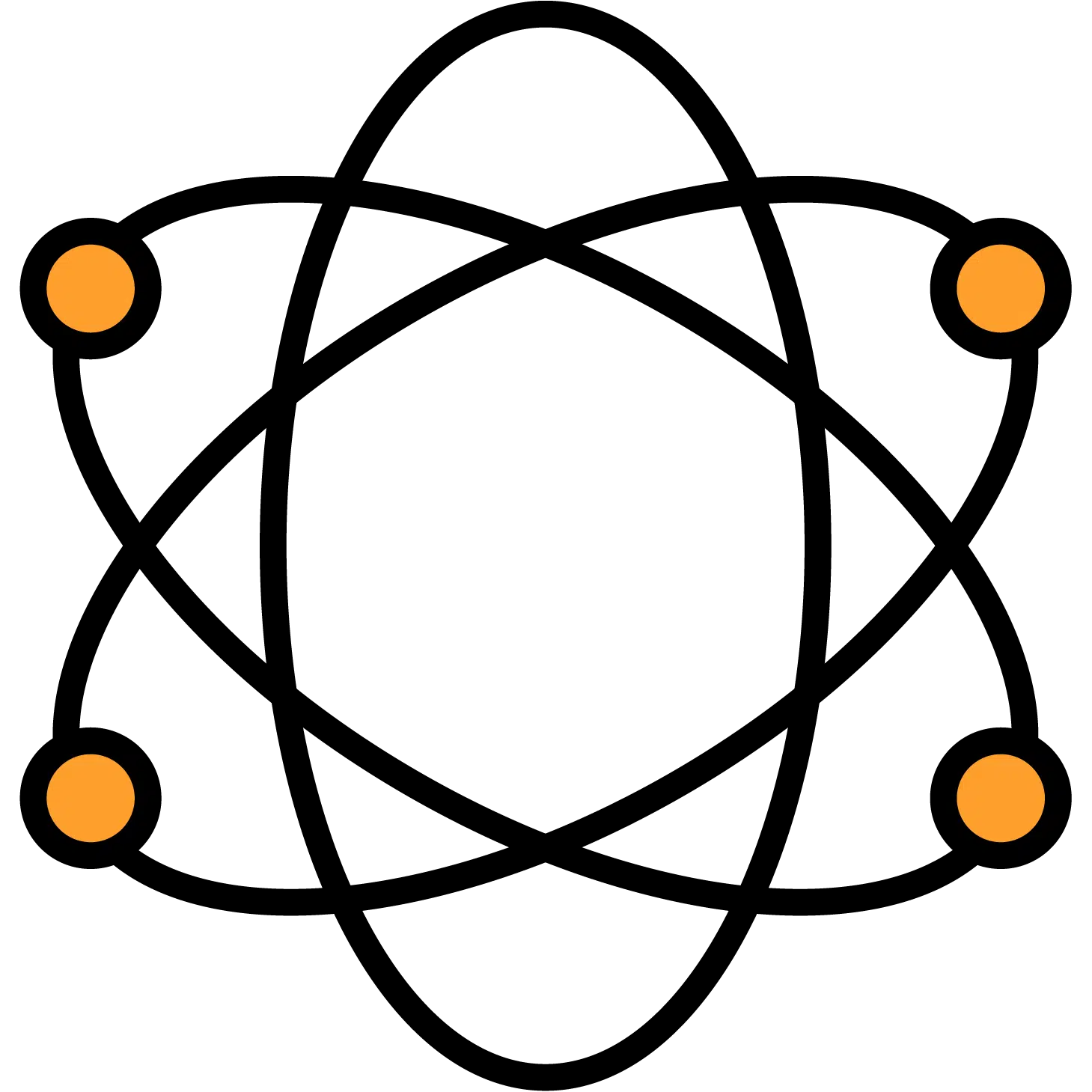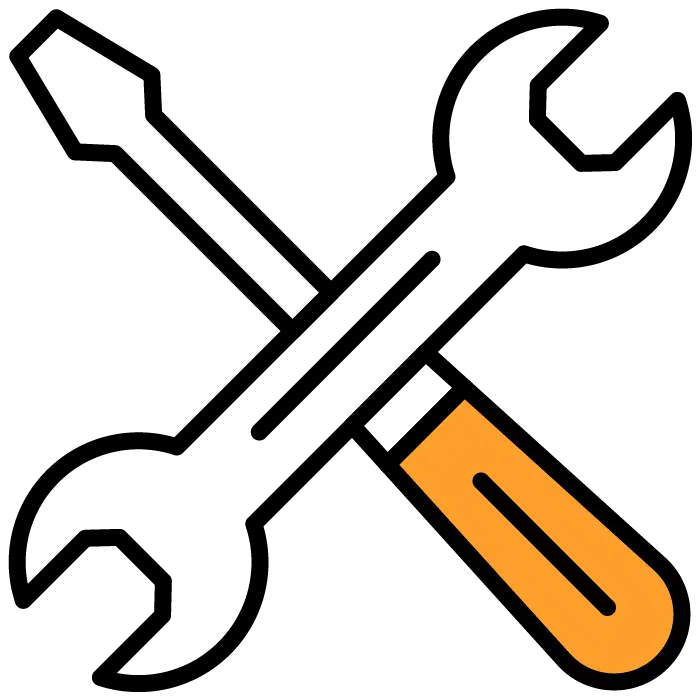A final hiring step that includes real tasks can make a big difference in finding the right fit. Standard interviews help, but seeing a candidate in action reveals much more.
A short working interview or project-based assignment can show you how someone really thinks, collaborates, and handles the pressure of actual work. It also helps them see if they’ll enjoy the role.
In this guide, we’ll explore how to set up a working interview, what it may cost, how to protect your company’s data, and how to keep the process fair for all candidates.
We’ll also include research from reliable sources so you can back up these methods with solid evidence.
Why a Working Interview or Project-Based Assignment?
Practical Insight
Words only go so far. A real assignment lets you observe how a candidate solves problems and interacts with the team. Job simulations tend to improve hiring decisions by matching a candidate’s abilities to actual job needs.
Mutual Fit Check
A working interview benefits both sides. The candidate sees your workplace dynamic and decides if it lines up with their expectations.
Meanwhile, you learn how they handle day-to-day tasks and team communication. This two-way evaluation lowers the chances of a costly mismatch.
Adding a Meet-the-Team Lunch
Invite the candidate to lunch with potential coworkers. This gives them a relaxed chance to talk with the team and get a sense of how people interact.
Your current employees can also gauge whether the candidate’s style matches the group.
Why Lunch Helps
- Social Comfort: A casual setting can reveal how someone communicates when not under formal interview pressure.
- Peer Feedback: Your team can share impressions of the candidate’s style.
- Candidate Perspective: The candidate can ask direct questions about the role and the company.
Structure and Format of the Work Session
- Clear Goals: Write down what you expect the candidate to accomplish. Include deadlines or time blocks for each task.
- Team Interaction: Decide how much they’ll collaborate with your team. Should they work alone first, then present their results? Or should they team up with existing staff right away?
- Time Limits: Keep it short and focused. A few hours or a half-day is often enough to see how they work and fit in.
Compensation and Costs
Plan to compensate the candidate for this extra step. Some companies pay an hourly rate, while others offer a flat project fee. A little cost now can prevent a bigger expense later if you hire the wrong person. Structured tryouts can reduce turnover by giving both sides a realistic preview.
Legal and Ethical Factors
- Confidentiality: If the assignment involves sensitive info, have the candidate sign a simple non-disclosure document.
- Fair Pay: Paying the candidate for their time shows respect and fairness. It also helps keep the process transparent.
Keeping It Fair Across Candidates
- Same Task Scope: Use the same or similar tasks for each candidate.
- Standard Criteria: Use a checklist to track how well they handle problem-solving, communication, and speed.
- Multiple Reviewers: Involve at least two team members to avoid bias.
Gathering and Sharing Feedback
- Team Input: Ask everyone who had contact with the candidate for their thoughts. Did they communicate well? Did they handle tasks effectively?
- Candidate Reflection: Give them a chance to share their experience. What did they find challenging? What did they enjoy?
- Debrief: After the session, schedule a short meeting with the hiring team to compare notes. Aim for a quick turnaround so you can make a timely offer if everything looks good.
Why This Process Works
Seeing how candidates perform on actual tasks reduces guesswork. Traditional interviews don’t always reveal daily work habits.
A short trial allows you to see real performance and helps the candidate feel more prepared for the job.
Alignment with team and leadership is crucial for long-term engagement. Letting candidates experience your culture up front helps them make a confident choice.
Conclusion
A project-based interview, paired with a chance to meet the team, is a smart way to confirm a candidate’s abilities and cultural fit. Yes, it requires some extra scheduling and planning.
But it reduces the risk of hiring someone who won’t be happy or effective. Your team can see a new hire in action, while the candidate tests the real environment before committing.
If you’d like to know more, reach out anytime. We’re here to support your hiring process and help you build a strong, engaged workforce.




